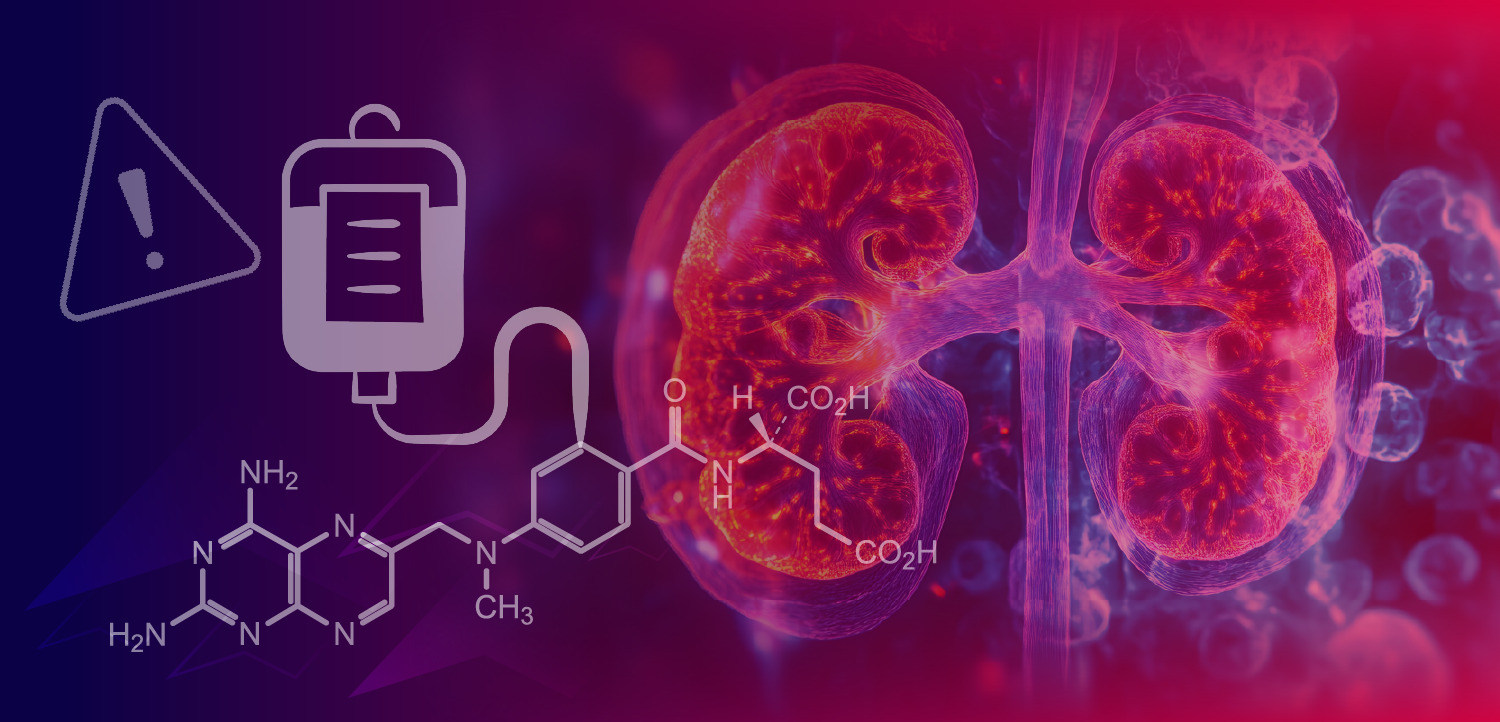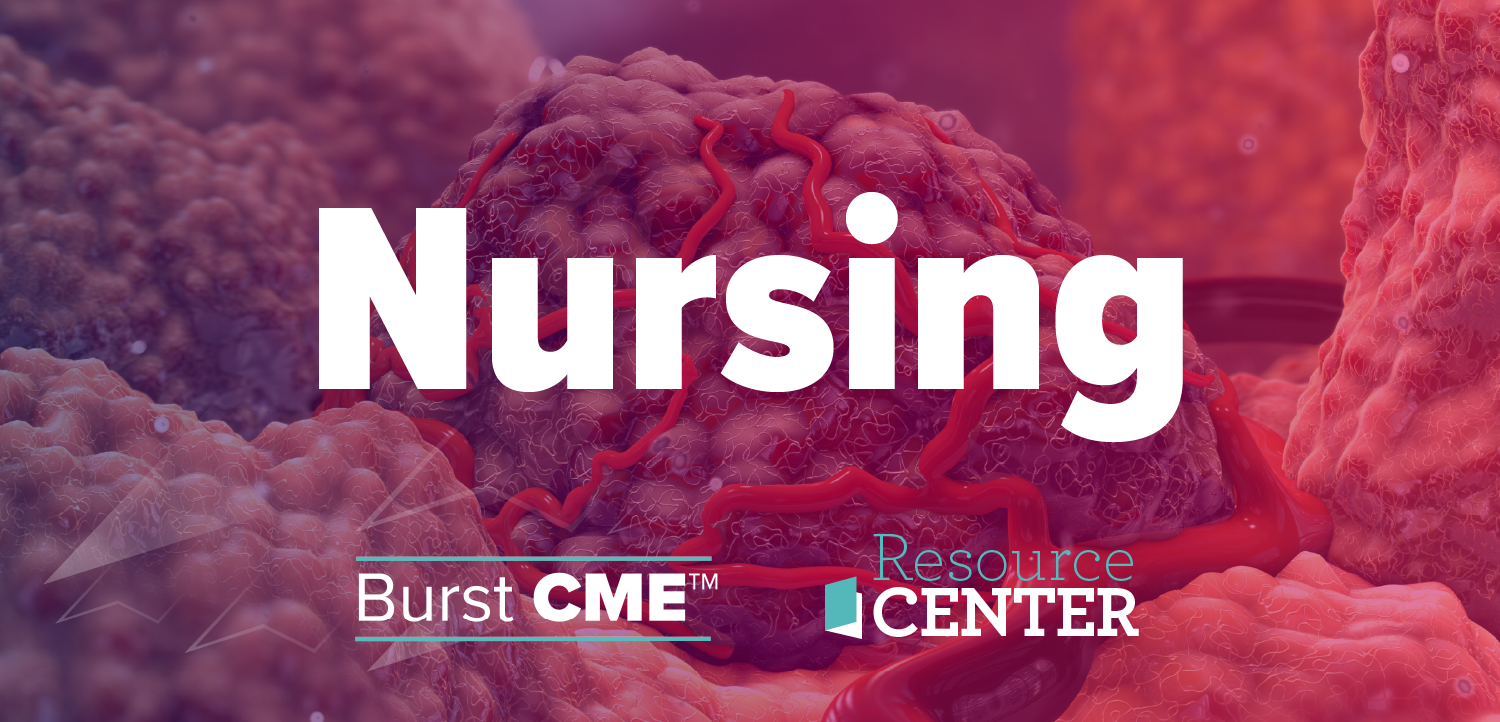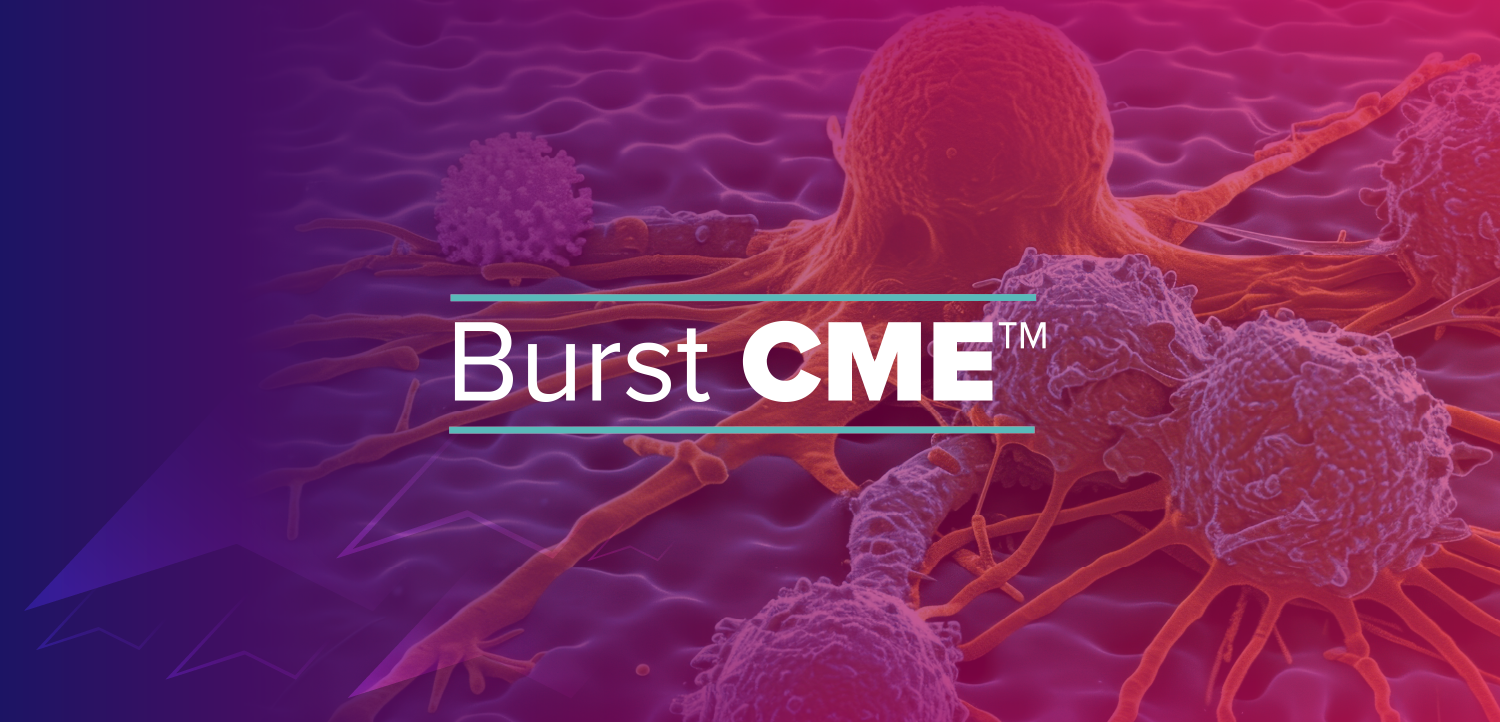
The authors have presented acomprehensive review of rectalcancer, challenging cliniciansto consider whether some patientsare being overtreated with anymodality including surgical resection,chemotherapy, and/or radiotherapy.Tables 2 and 3 provide an excellentoverview of suggested criteria for decidingbetween polypectomy/observationand radical resection for a cancerconfined to a rectal polyp.



























































































